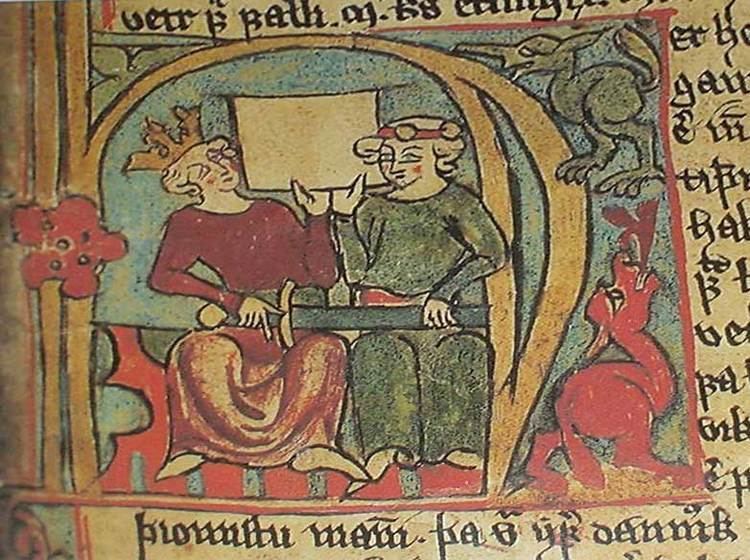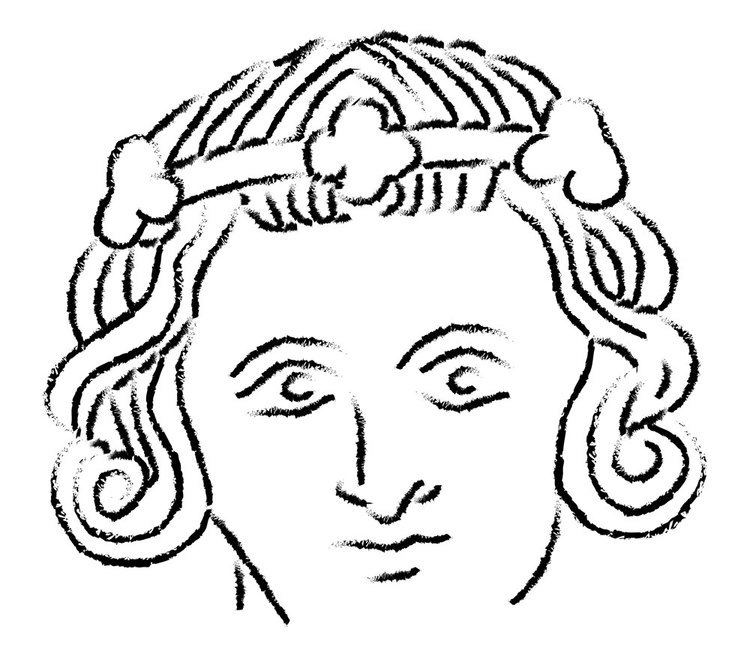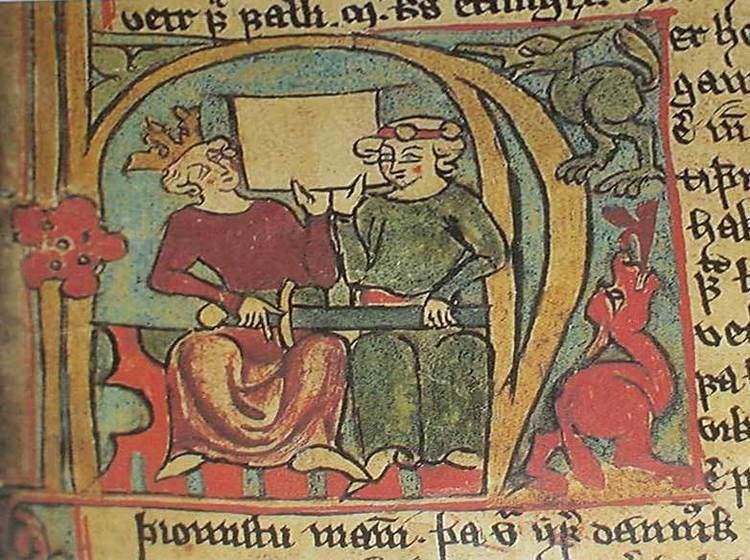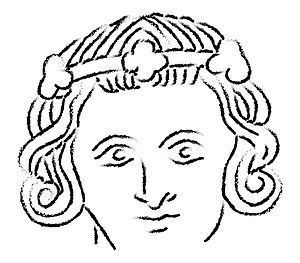Spouse(s) Ragnhild Jonsdotter Father Bard Guttormsson | Mother Ragnfrid Erlingsdotter Name Skule Bardsson | |
 | ||
Noble family House of Gille (Fairhair dynasty) Died 24 May 1240(1240-05-24)Elgeseter Abbey in Nidaros | ||
Skule Bårdsson or Duke Skule (Norwegian: Hertug Skule) (Old Norse: Skúli Bárðarson) (c. 1189 – 24 May 1240) was a Norwegian nobleman and claimant to the royal throne against his son-in-law, King Haakon Haakonsson. Henrik Ibsen's play Kongs-Emnerne (1863) is about the dispute between Duke Skule and King Haakon.
Contents
Biography

Skule Bårdsson was born around 1189. As a son of Bård Guttormsson, he belonged to the Norwegian nobility and was a half-brother of King Inge Bårdsson who in his last years elevated Skule to be an earl (jarl). After King Inge's death in 1217, Haakon was chosen king at the age of 13, against the candidacy of Skule Bårdsson. However, Skule held much of the real power under a form of power sharing between Skule and Haakon. Skule's center of power was mostly in Nidaros. In order to facilitate a compromise between these two rivals, Skule's elder daughter Margrete Skulesdotter was married to King Haakon in 1225.

Skule thought he had too little of the power and intermittently participated in opposition against King Haakon. In 1237, as another attempt of compromise, Skule was given the first Norwegian title of duke (hertug). Later, Skule restarted his rebellion against King Haakon. Among others, the Icelander writer Snorre Sturlason allied with Skule in the conflict. The rebellion led to the death of Snorri Sturluson.

Skule allowed his supporters to proclaim him king of Norway at the traditional Thing (Øyrating) in Trøndelag during 1239. Skule also tried, unsuccessfully, to win his other son-in-law, jarl Knut Haakonsson, to his side. He raised a military host against King Haakon and won a battle at Låka in Nannestad, but lost in Oslo. His party was called the Vårbelgs, a reference to spring pelts of bad quality fur for poor people. In May 1240, Skule was defeated by King Haakon and his supporters. He sought refuge in Elgeseter Priory in Nidaros but Haakon's men burned down the monastery and killed Skule. With Skule’s death, the civil war era came to an end.
Historical context
Skule's rivalry for kingship was the last phase of the civil wars period of Norwegian history, which lasted from around 1130 to 1240. During that long warring period there were several interlocked conflicts of varying scale and intensity. Norway was accustomed to royal sons fighting each other in order to wrest kingship to himself. The background for these conflicts were the unclear Norwegian succession laws, social conditions and the struggle between Church and King. There were then two main parties, firstly known by varying names or no names at all, but finally condensed into parties of Bagler and Birkebeiner.
